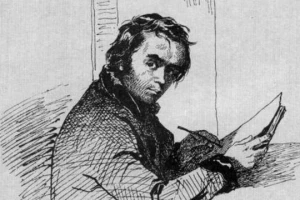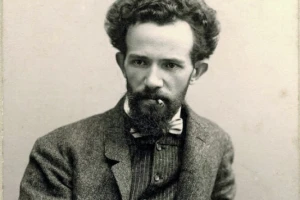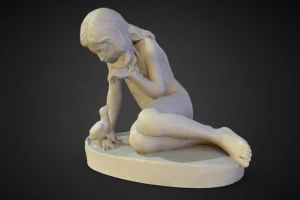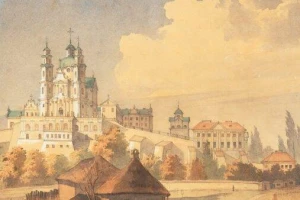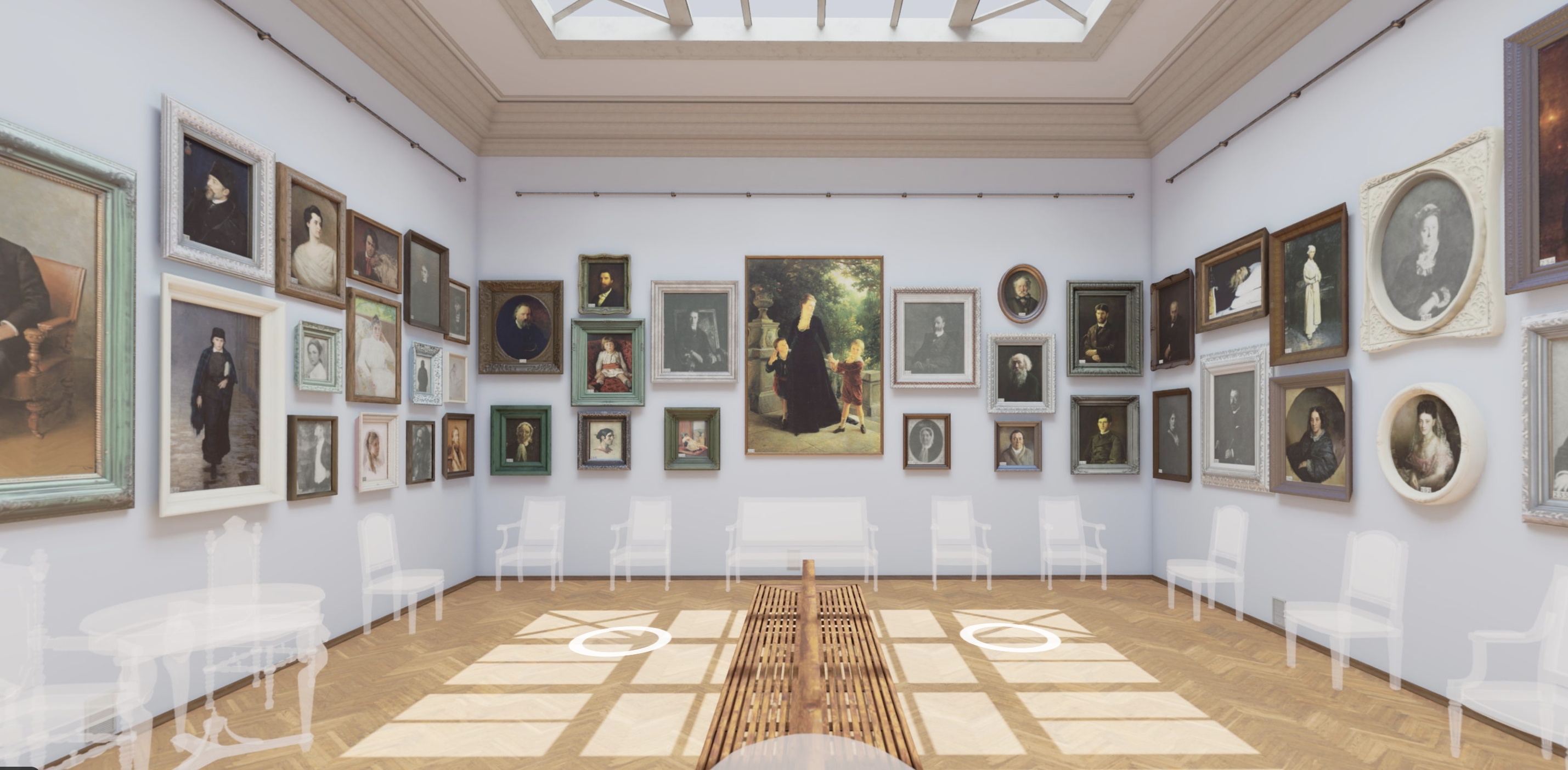Ukrainian art is impossible to imagine without the names of women who created during turbulent times, forging their paths despite social barriers, revolutions, and wars. They left behind not only paintings, but also powerful images of freedom, strength, and unique visual language. From avant-garde to folk primitivism, from mythic fantasy to political protest — each of these women made her statement, and the world listened.
Here are seven outstanding Ukrainian women whose names are forever etched in the history of art.
Sonia Delaunay (1885–1979)
Futurism, Orphism, Paris — and a Ukrainian childhood

An artist of Ukrainian origin, Sonia Delaunay became one of the most influential figures in 20th-century European avant-garde. Born in the town of Hradyzk, Poltava region, she spent her childhood in Saint Petersburg and blossomed as an artist in Paris. Her artistic path is closely tied to the creation of Orphism — a style where color and rhythm form a dynamic symphony. Together with her husband Robert Delaunay, she merged abstract painting with fashion, textiles, scenography, and book design.
In her work, Delaunay often returned to childhood memories of Ukraine: folk embroidery, vibrant fair colors, and decorative patterns became the foundation of her visual language. Her style was a synthesis of intellectual modernism and deep emotional ties to her cultural roots. She was the first female artist to have a solo exhibition in the Louvre during her lifetime — and a symbol of how Ukrainian roots can grow into global visual culture.
Maria Prymachenko (1909–1997)
Folk fantasy and animals no one’s ever seen
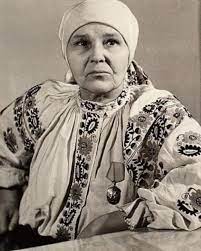
A legendary Ukrainian folk artist who created a unique world of fantasy, goodness, and color, now known around the globe. Born in the village of Bolotnya, Kyiv region, Prymachenko had no formal education, but her authentic talent revealed Ukraine to the world as a deep and visually powerful cultural reservoir. Her style — often labeled “naïve art” — was filled with fantastical creatures, vibrant flowers, whimsical beasts, and poetic inscriptions she often added by hand.
Prymachenko’s art is not just decoration. It is a worldview, where each being has a soul, every flower a voice, and colors speak louder than words. Her paintings convey a call for peace, love for nature, and deep connection to her homeland. Her legacy continues to inspire artists and designers today. A virtual exhibition of Prymachenko’s works is available at emuseum.online.
Oleksandra Ekster (1882–1949)
Between Kyiv and Paris, between Cubo-Futurism and the stage

One of the most renowned Ukrainian avant-garde artists. Born in Białystok, she lived and worked in Kyiv, where she became a central figure of early 20th-century cultural life. Ekster organized Kyiv's first modern art salons, introduced audiences to Cubism and Futurism, and taught at studios that trained the likes of Kazimir Malevich and Oleksandr Bohomazov.
A trailblazer in all she touched — from painting to costume design, from book illustration to stage sets — Ekster’s art blended Ukrainian folk decorativeness with Cubo-Futurist experimentation. She brought into avant-garde the vibrant colors of Ukrainian dress, the dynamics of Hutsul patterns, the rhythm of embroidered lines. She remained faithful to her roots, while creating a universal visual language of modernism.
Kateryna Bilokur (1900–1961)
Flowers that speak louder than words
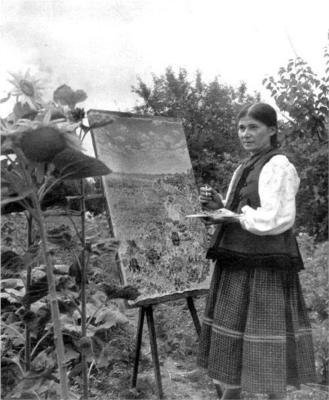
A self-taught Ukrainian painter whose art expressed profound love for nature, the land, and beauty, despite poverty and lack of recognition. Born in the village of Bohdanivka, Kyiv region, she longed to paint from childhood but was forbidden to pursue it. She painted in secret, using charcoal or homemade paints on scraps of fabric. Her talent blossomed late but powerfully, stunning even the most esteemed art critics of Europe.
Bilokur created fantastically precise and emotionally charged floral compositions, painted from memory, observation, and inner vision. Her works are not just about flowers — they are poems in color, transforming a simple dandelion into a monument of nature. Her paintings like “The Abundant,” “The Ear of Grain King,” and “Bohdanivka Apples” have become icons of Ukrainian art. Kateryna Bilokur remains a symbol of artistic resilience, who found her voice despite rejection, poverty, and rural isolation.
Alla Horska (1929–1970)
Art as protest
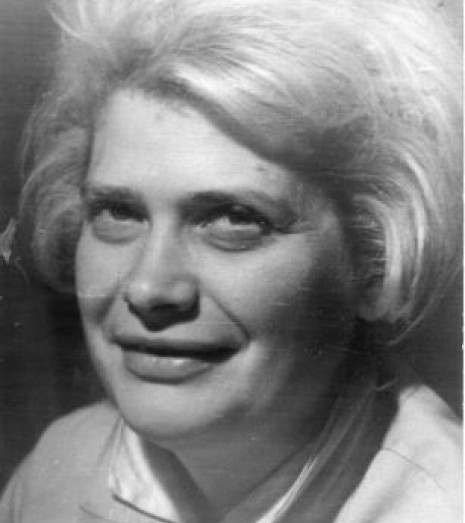
A key figure of the 1960s dissident movement, Alla Horska merged monumental art with civil resistance in the Soviet era. She actively promoted the Ukrainian language, culture, and human rights, and supported political prisoners. Horska worked on mosaics, stained glass, and murals in Kyiv, Donetsk, and Krasnodon, embedding Ukrainian meaning within Soviet forms.
Her most notable work — the stained glass “Shevchenko. Mother” at Kyiv University — was destroyed almost immediately by order of Soviet authorities. Her art radiated dignity, strength, and color, and her life became a symbol of the artist who dares to speak. In 1970, she was murdered under suspicious circumstances, later dismissed as a “domestic dispute.” Yet her legacy lives on, inspiring new generations with her voice of defiance and beauty.
Tetiana Yablonska (1917–2005)
Painting that’s both heroic and intimate
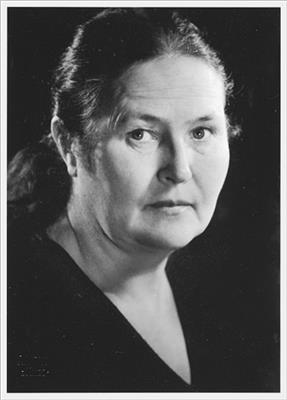
One of Ukraine’s most celebrated 20th-century painters, Yablonska’s work spans realism, neoclassicism, and deep psychological nuance. Born in Smolensk, she lived in Ukraine from childhood, studied in the Kyiv Art Institute, and became a central figure in postwar Ukrainian painting. Her painting “Bread” (1949) became a symbol of labor and postwar rebirth — yet also carries a lyrical reverence for women, peasants, and the land.
Later in life, Yablonska turned to smaller, more introspective works: tranquil interiors, subtle portraits, quiet landscapes. Ideology faded from her canvas, giving way to light, reflection, and simplicity. She captured mood and stillness — a spring garden, a woman in thought, the hush of morning. Yablonska embodied feminine strength not through grand gestures but through sensitivity, craftsmanship, and belief in beauty.
Hanna Sobachko-Shostak (1883–1965)
Embroidery as painting, ornament as soul language
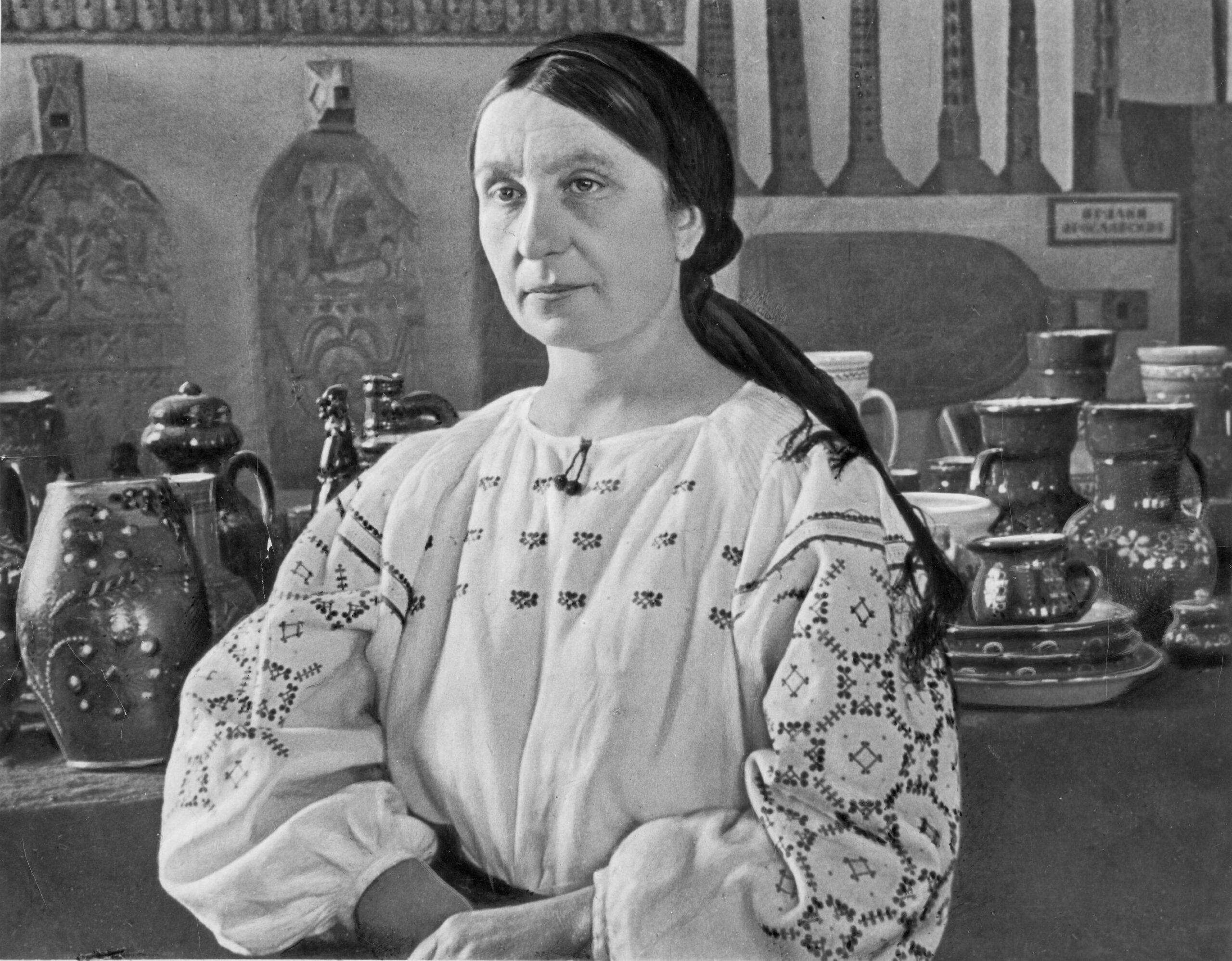
A distinctive Ukrainian folk artist who elevated traditional decorative art to new artistic heights. Born in the village of Skybyn, Kyiv region, she was among the first folk masters discovered and supported by modernist circles in the early 20th century. Her works — embroidery, appliqué, and paper cutouts — were filled with color, rhythm, and symbolism, often forming full narratives drawn from mythology, village life, and Ukrainian folklore.
Sobachko-Shostak gained recognition during her lifetime: her works were exhibited in Kyiv, Lviv, Paris, and Prague. Artists of the Berezil theatre movement, like Anatol Petrytsky and Mykhailo Boichuk, saw her as a model of folk stylistics relevant to modern art. Her work was seen as a unique fusion of archaic tradition and modern vision, and her name lives on as a symbol of how a woman from a Ukrainian village can become the voice of an entire culture — deep, refined, and global.
These seven women were all remarkably different — but each one created more than just images. They created a new vision of Ukraine. In times when women were often expected to simply observe,
they became authors.
Photo on the cover: Olexandra Ekster. Venice (1924)
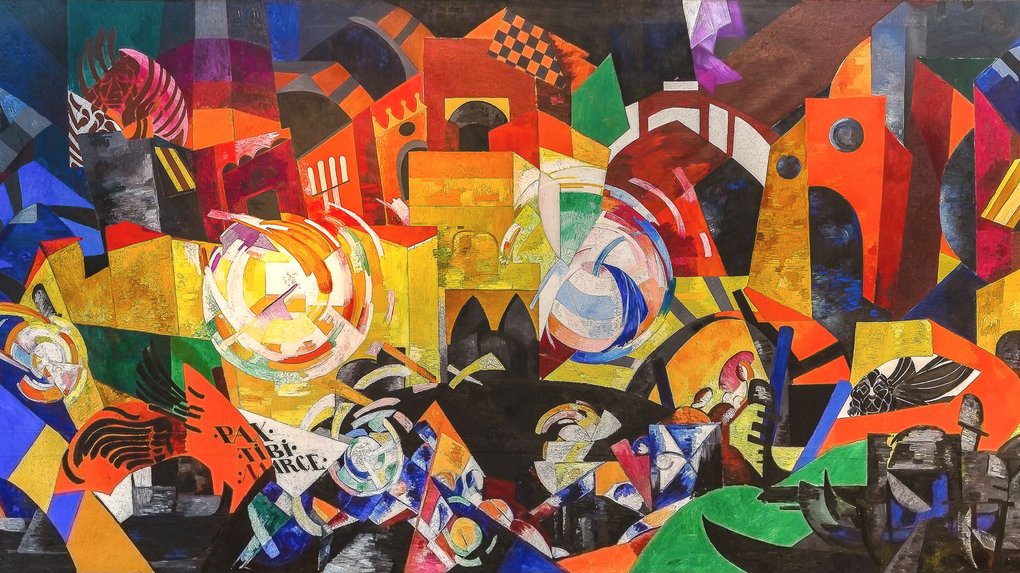
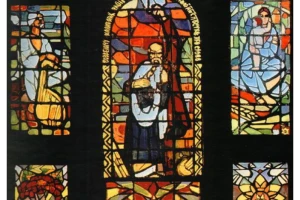


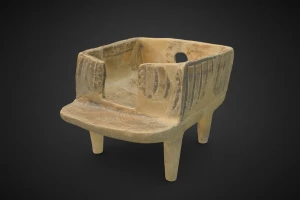
_latest.webp)

